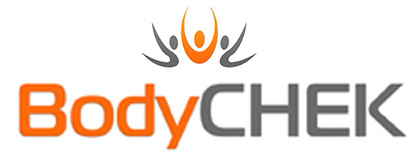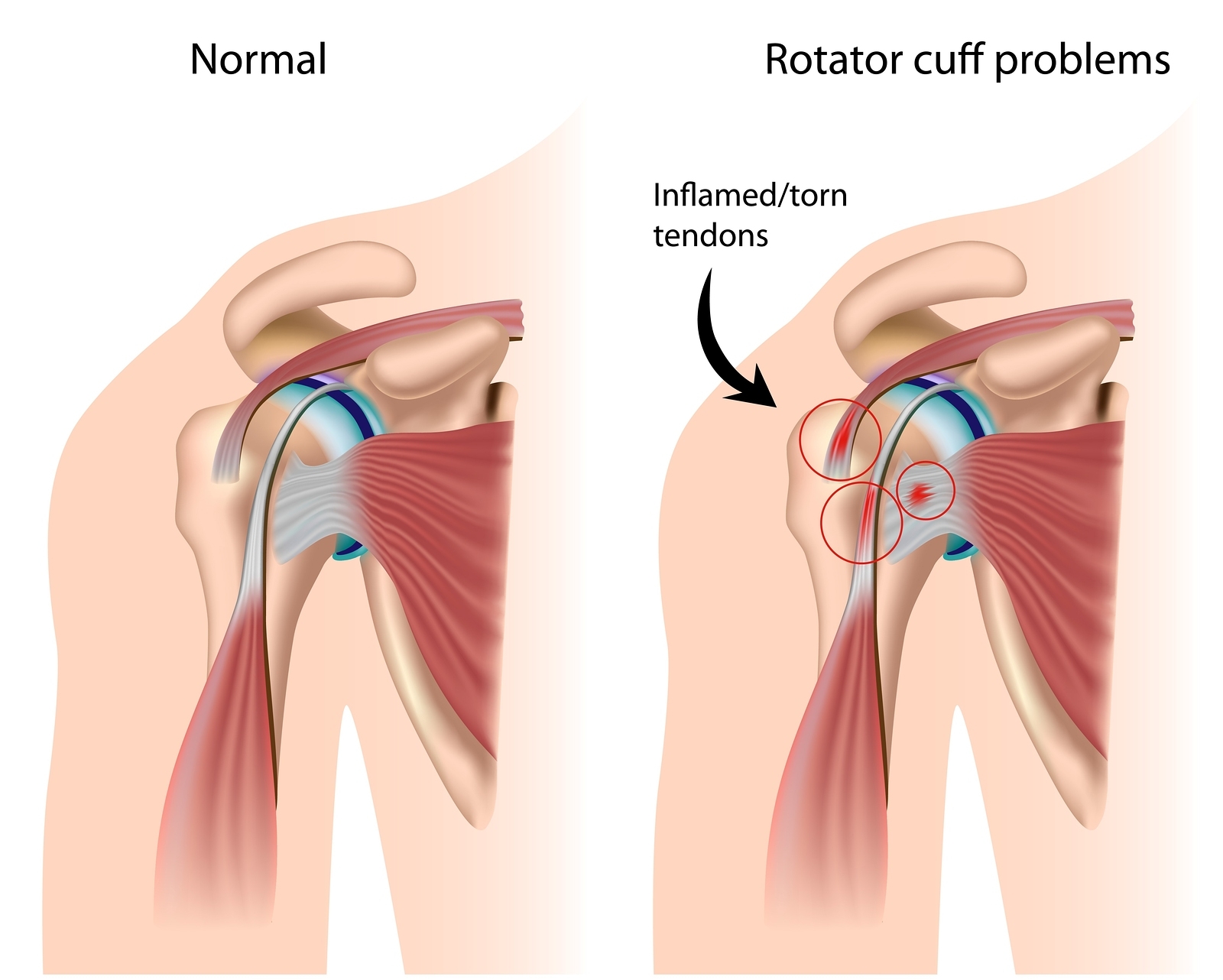So what can be done to alleviate shoulder arthritis and bursitis?
The first two to seven days (acute phase):
Rest the affected limb, avoiding any activities that cause pain.
Traumeel® in the form of injections, ointments, tablets or gels can be used to reduce inflammation. It is a homeopathic treatment that doesn’t have the same harmful effects as cortisone injections.
Get a food sensitivity test and eliminate any sensitive foods to minimize inflammation. Eat a diet that is correct for your Primal Pattern Type®, ensure all your foods are organic and avoid all processed foods, especially those containing, sugar, grains, caffeine and alcohol.
Only drink reverse osmosis filtered water or mineral water from glass bottles and drink at least 2 litres per day.
Use anti-inflammatory foods (or supplements containing) such as turmeric, ginger and boswellia. Some anecdotal evidence has suggested supplementing with glucosamine sulphate and chondroitin helps reduce pain, but has not been scientifically proven.
Once the swelling is reduced:
Receive some sports massage and/or Active Release Technique® to reduce trigger points and spasm in the surrounding muscles
Gradually increase movement of the shoulder in all directions within pain free ranges.
 Corrective exercise should be introduced to improve muscle balance and posture, leading to gradual return to normal activities to prevent re-injury. Exercise should be introduced with isometric, then concentric and finally eccentric work for the shoulder.
Corrective exercise should be introduced to improve muscle balance and posture, leading to gradual return to normal activities to prevent re-injury. Exercise should be introduced with isometric, then concentric and finally eccentric work for the shoulder.
The Horse Stance Series (see picture) of exercises is a great place to start your shoulder rehab. I recommend seeing a CHEK Practitioner for a thorough evaluation and program.
 All tight muscles around neck, shoulders, upper back and upper torso should be stretched. These muscles will differ from person to person and can only be established via an assessment. As Paul Chek says, “If you’re not assessing, you’re guessing” and I don’t guess when it comes to someone’s health and happiness. However, the pectoralis minor (see picture) is commonly tight.
All tight muscles around neck, shoulders, upper back and upper torso should be stretched. These muscles will differ from person to person and can only be established via an assessment. As Paul Chek says, “If you’re not assessing, you’re guessing” and I don’t guess when it comes to someone’s health and happiness. However, the pectoralis minor (see picture) is commonly tight.
Any weak muscles around the neck, shoulders and upper back should be strengthened. These muscles will differ from person to person and can only be established via an assessment, but the rhomboids, trapezius (middle fibers), teres minor, infraspinatus, splenius capitis and cervicis are often weak. TheProne Cobra (see picture) exercise targets these muscles.
 The exercise program should be gradually progressed to fully condition you and your shoulder for the rigours of every day life to prevent injury recurrence.
The exercise program should be gradually progressed to fully condition you and your shoulder for the rigours of every day life to prevent injury recurrence.
Your recovery time with appropriate recovery management should be three to six weeks (depending of the severity of the arthritis).
It should also be noted that the liver and gall bladder can refer pain to the right shoulder and the lungs and diaphragm to the left shoulder in a mechanism known as visceral-somato reflex. This is just one reason why it is so important to do a thorough evaluation, not just a biomechanical evaluation.
So it’s important to understand that any toxic load, whether it be medical drugs, metal fillings, alcohol, tobacco or cosmetics (the list is endless) could be contributing to your shoulder pain.
In summary, it is key to find out of the cause or causes of the injury. You can only do this by receiving a thorough evaluation. Following a thorough evaluation, you can put a plan into place to stop the causes and start building yourself a strong body so you can do whatever takes your fancy in life without restrictions.

